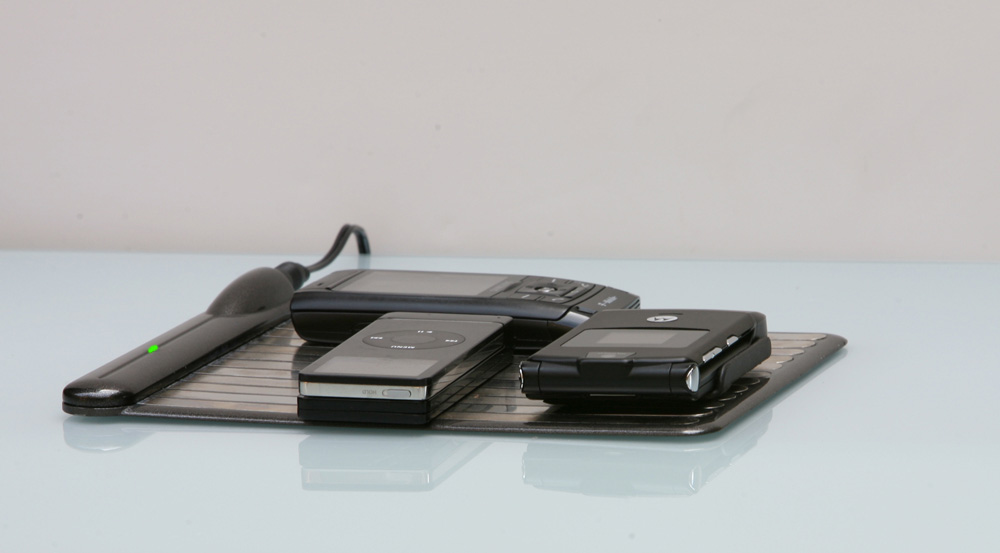
Although Google postponed its big launch event in Manhattan today, some more details about its latest device, the Nexus 4, have leaked, thanks to LG’s international websites. Now, Google has confirmed the device’s launch as well as details on the charging technologies it supports.
[aditude-amp id="flyingcarpet" targeting='{"env":"staging","page_type":"article","post_id":565056,"post_type":"story","post_chan":"none","tags":null,"ai":false,"category":"none","all_categories":"mobile,","session":"A"}']From the official Google blog:
Nexus 4 is our latest smartphone, developed together with LG. It has a quad-core processor, which means it’s super fast, a crisp 4.7″ (320 ppi) display that’s perfect for looking at photos and watching YouTube, and with wireless charging — you just set the phone down on a charging surface to power it up, no wires needed.
The new specs, which include out-of-the-box wireless charging capabilities, were first reported by the intrepid nerds of Ubergizmo. The keyword for today’s news is “induction coil.”
AI Weekly
The must-read newsletter for AI and Big Data industry written by Khari Johnson, Kyle Wiggers, and Seth Colaner.
Included with VentureBeat Insider and VentureBeat VIP memberships.
Induction coils are a fun little technology invented by Irish priest and scientist Nicholas Callan in 1836. These coils, made of two insulated copper wires wrapped around an iron core, can transform a low-voltage DC power supply into high-voltage pulses through the magic of electromagnetic fields that are created and then collapse. The coils are currently used in ignition relays in car engines, in camera flashes, and in strobe lights.
The induction coil in the Nexus 4 would match with another induction coil in a wireless charging base. Inductive coupling technologies for charging devices have proven slower at charging, less efficient, and more costly to produce; they’re also completely without industry-wide standards, which is a whole barrel of monkeys’ worth of fun to sort out (remember the days before microUSB chargers took over?).
On the other hand, induction chargers are cool, because … science.
Of course, the phone also comes with a port for traditional charging for those unimpressed by science and/or in a hurry to get their battery juiced up again.
Here’s a snap of the leaked manual, which popped up on LG’s UK and Australian websites shortly after Google cancelled the product announcement due to Hurricane Sandy‘s impending rampage across the Atlantic seaboard.
[aditude-amp id="medium1" targeting='{"env":"staging","page_type":"article","post_id":565056,"post_type":"story","post_chan":"none","tags":null,"ai":false,"category":"none","all_categories":"mobile,","session":"A"}']
We also expected to hear more about the Nexus 10 at today’s now-postponed event.
Our previous look at the Nexus 4 left VentureBeat reporter Ricardo Bilton somewhat unimpressed with the design; his exact words were “heavy on bling, short on style.” We’ll see how the phone’s functions and features measure up when Google lets us get our mitts on these devices soon. In the meantime, we’re getting more details from the device manufacturers and will have a full report on the devices shortly.
VentureBeat's mission is to be a digital town square for technical decision-makers to gain knowledge about transformative enterprise technology and transact. Learn More